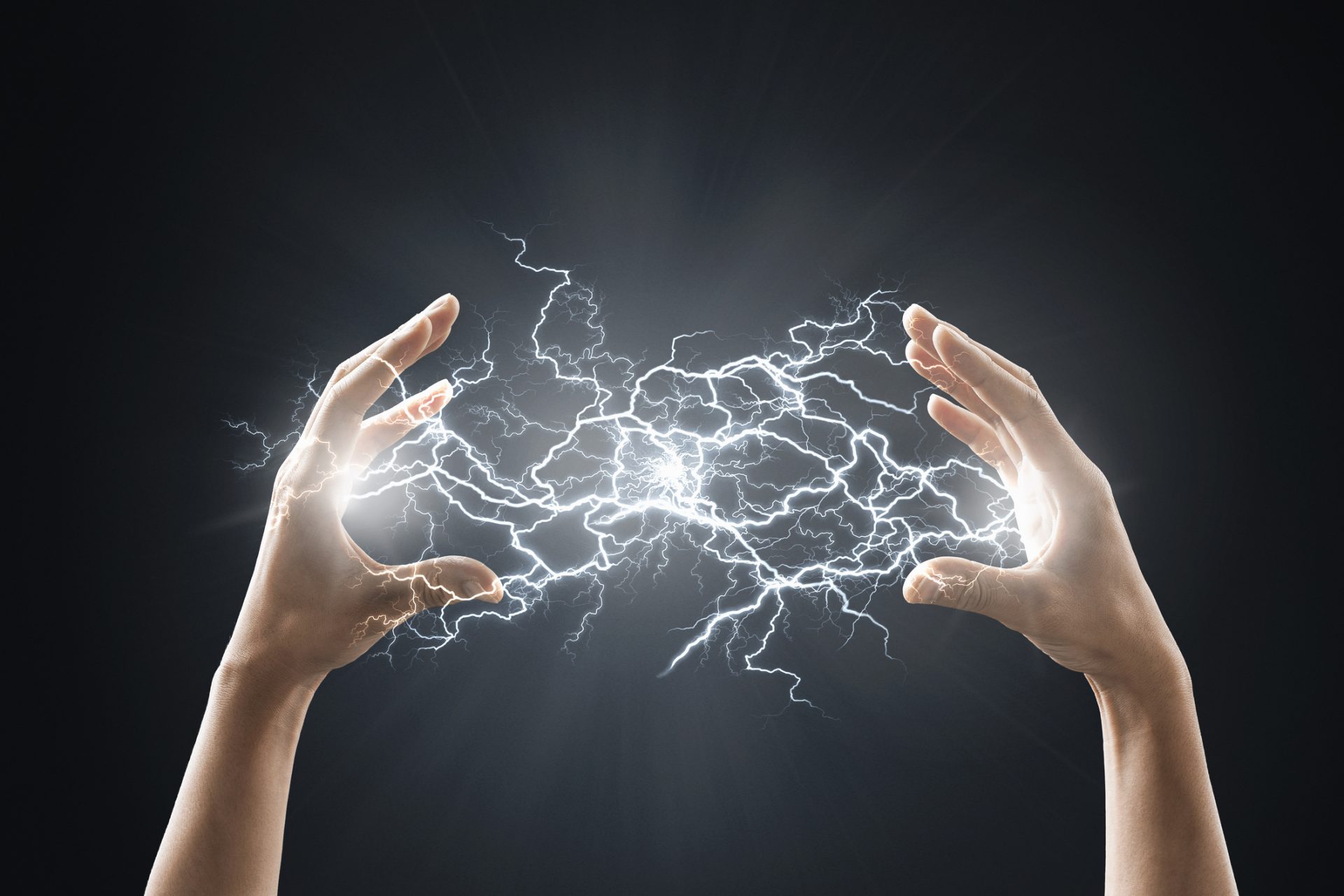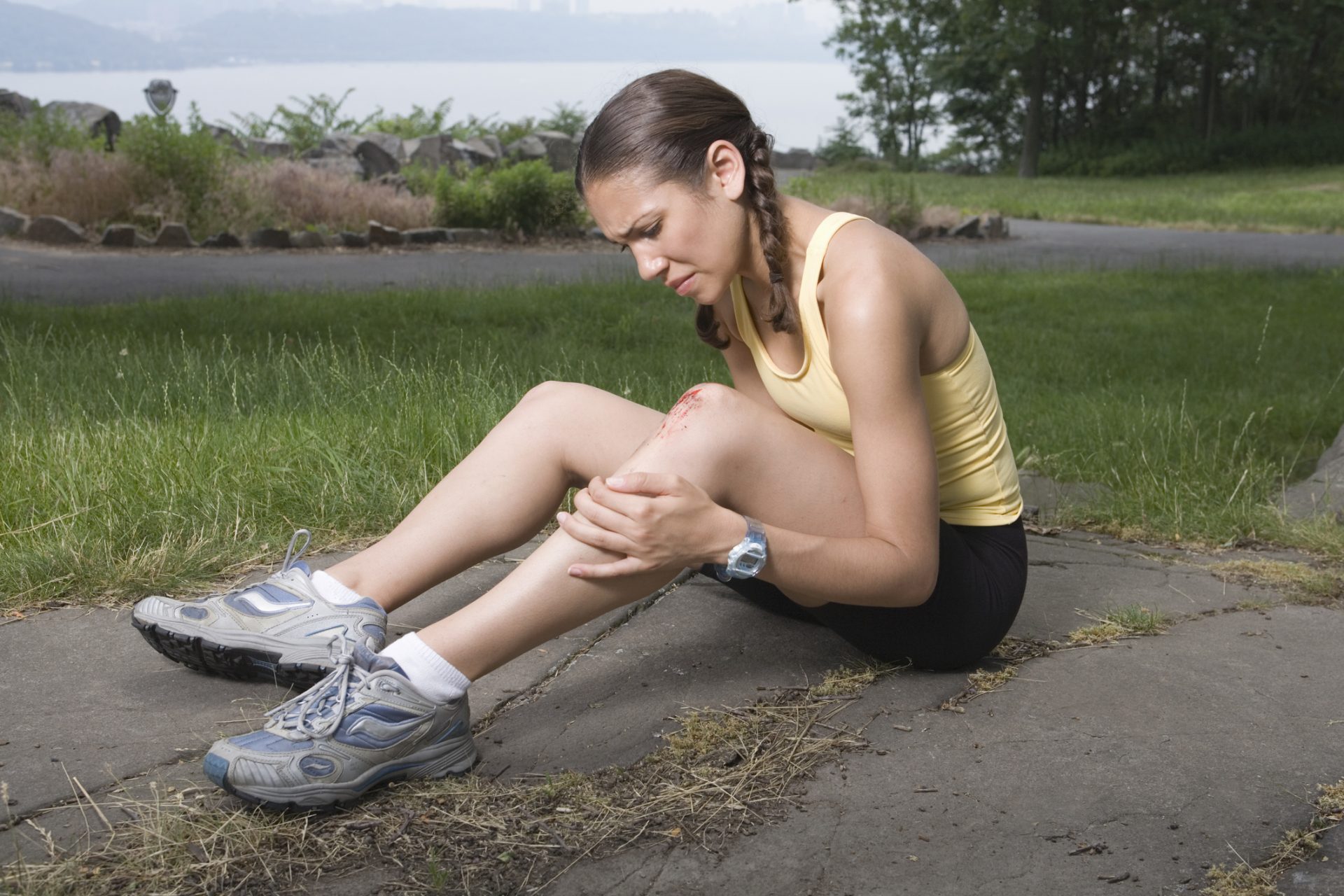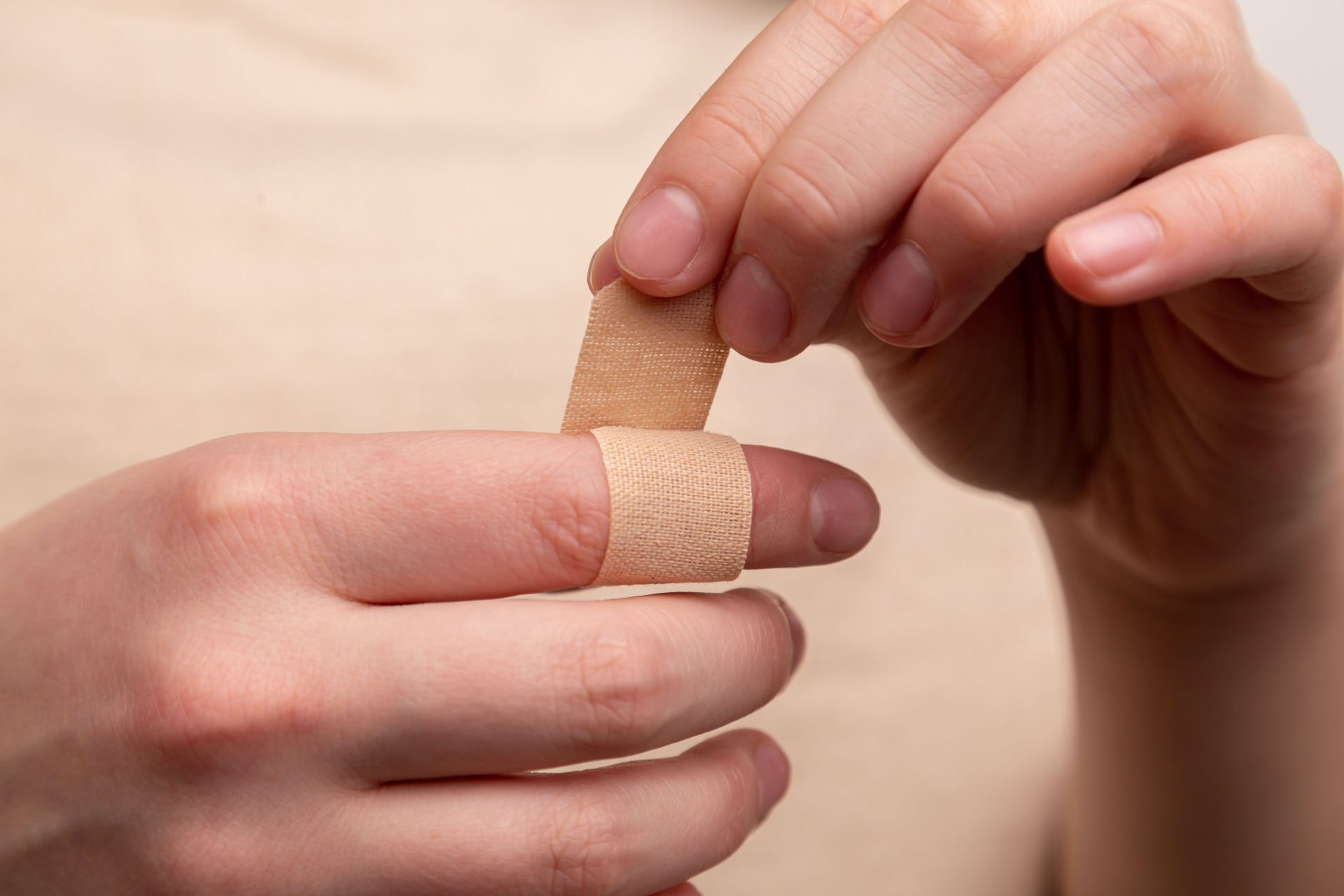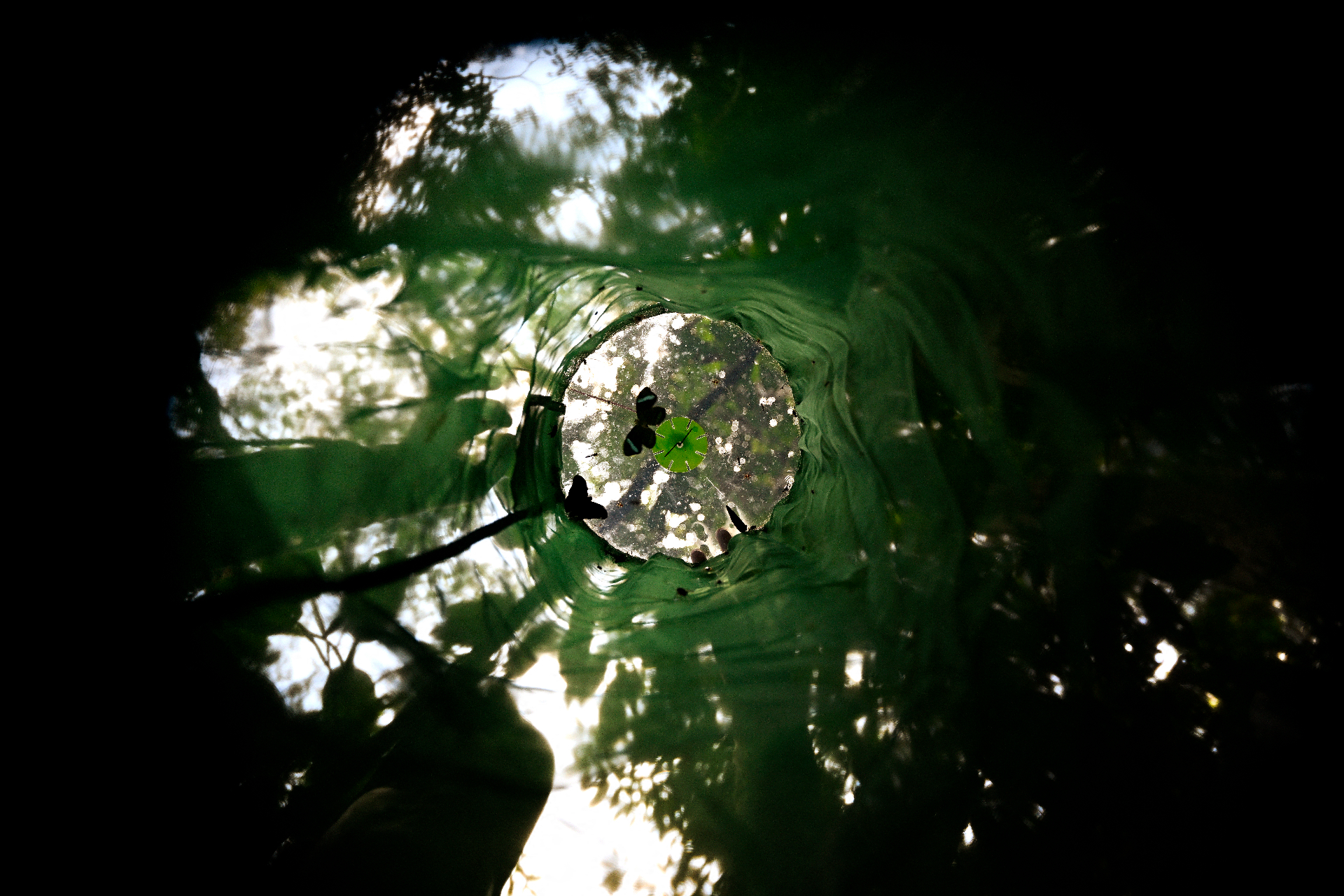Can we harness the power of electricity to heal wounds faster?
Among the many amazing inventions unveiled to the world in 2023 was a new biochip that held the potential to change how humans recover from injury. Researchers designed and developed a biochip that harnessed the power of electricity to heal wounds faster.
The technology proved to be rather remarkable and researchers said they were able to heal some wounds up to three to four times faster than if the task was left to the natural recovery process. But would the biochip be a game changer? And did it have any major limitations?
You could be forgiven for thinking electricity couldn't actually help heal a wound. But there’s an old theory that suggests electrical stimulation can be used to influence skin healing.
It was this old theory that researchers from the Chalmers University of Technology and the University of Freiburg used as the basis for their work on whether or not it was possible to heal wounds faster with electricity.
The science isn’t too complicated to understand. The researchers started with the idea that skin cells are electrotactic according to a press release on their work published by Eureka Alert.
Electrotactic in the context of skin cells essentially means that the cells of the skin like to move in certain directions when exposed to electric fields. You might be able to see where this is going.
The researchers used this idea to see if electricity could be used to close a wound faster by influencing skin cells to move in one direction, that of closing an injury, and it worked surprisingly well.
Using a chip they developed, the researchers experimented on two artificial test wounds to see if an injury treated with electrical stimulation healed faster than one which wasn’t subject to any electrical treatment—to their surprise, they made a significant discovery.
“We were able to show that the old hypothesis about electric stimulation can be used to make wounds heal significantly faster,” said Maria Asplund, head of the research project.
Photo by Twitter @lmm_asplund
"We stimulated one wound with an electric field, which clearly led to its healing three times as fast as the wound that healed without electric stimulation,” Asplund added.
The discovery could have significant real-world ramifications since it would allow people who suffer from serious chronic wound issues to reduce their risk of death from illness from minor injuries.
People suffering from diabetes were one group of patients Aseplund said could really benefit from the new form of treatment since it could drastically improve their healing times.
“We’ve looked at diabetes models of wounds and investigated whether our method could be effective even in those cases, " Aseplund said.
Aseplund went on to add that when she and her fellow researchers mimicked diabetes, the wounds on the chip would heal very slowly but that healing could be sped up with the application of electricity.
"We saw that when we mimic diabetes in the cells, the wounds on the chip heal very slowly... However, with electric stimulation, we can increase the speed of healing so that the diabetes-affected cells almost correspond to healthy skin cells,” Aseplund explained.
The next step for the researchers' electric stimulation biochip was to begin individualized treatments so they could examine and analyze how skin cells reacted when attempting to heal less artificial wounds.
“We are now looking at how different skin cells interact during stimulation, to take a step closer to a realistic wound,” Aseplund said, adding that she would like to create a scan that could accurately judge the amount of stimulation required for each individual's needs.
"We are convinced that this is the key to effectively helping individuals with slow-healing wounds in the future,” Asplund added.
"Chronic wounds are a huge societal problem that we don’t hear a lot about," Aseplund explained, and she isn't wrong unless you're someone who suffers a condition or disease to impairs your body's healing ability.
"Our discovery of a method that may heal wounds up to three times faster can be a game changer for diabetic and elderly people, among others, who often suffer greatly from wounds that won’t heal," Aseplund concluded.
Photo Credit: Unsplash by Diana Polekhina
More for you
Top Stories

































